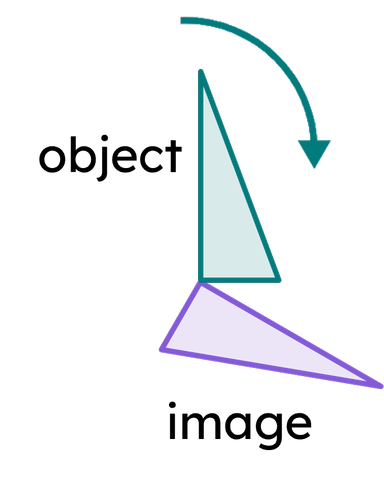Myths about teaching can hold you back
- Year 7
Describing a rotation's direction and size
I can understand the size and direction of rotation.
- Year 7
Describing a rotation's direction and size
I can understand the size and direction of rotation.
These resources were made for remote use during the pandemic, not classroom teaching.
Switch to our new teaching resources now - designed by teachers and leading subject experts, and tested in classrooms.
Lesson details
Key learning points
- Rotations can be either clockwise or anti-clockwise.
- The size of the rotation is given in degrees.
Keywords
Clockwise - Clockwise is the direction that the hands of an analogue clock travel.
Anti-clockwise - Anti-clockwise is the opposite direction to which the hands of an analogue clock travel.
Degrees - The most common unit of measurement for angle. One whole turn is equal to 360 degrees, written 360°.
Common misconception
"Right means clockwise" and "left means anti-clockwise"
This is only true when referencing the top of the object being rotated. Rotating "left" and "right" is incorrect for all other vertices.
To help you plan your year 7 maths lesson on: Describing a rotation's direction and size, download all teaching resources for free and adapt to suit your pupils' needs...
To help you plan your year 7 maths lesson on: Describing a rotation's direction and size, download all teaching resources for free and adapt to suit your pupils' needs.
The starter quiz will activate and check your pupils' prior knowledge, with versions available both with and without answers in PDF format.
We use learning cycles to break down learning into key concepts or ideas linked to the learning outcome. Each learning cycle features explanations with checks for understanding and practice tasks with feedback. All of this is found in our slide decks, ready for you to download and edit. The practice tasks are also available as printable worksheets and some lessons have additional materials with extra material you might need for teaching the lesson.
The assessment exit quiz will test your pupils' understanding of the key learning points.
Our video is a tool for planning, showing how other teachers might teach the lesson, offering helpful tips, modelled explanations and inspiration for your own delivery in the classroom. Plus, you can set it as homework or revision for pupils and keep their learning on track by sharing an online pupil version of this lesson.
Explore more key stage 3 maths lessons from the Transformations unit, dive into the full secondary maths curriculum, or learn more about lesson planning.

Licence
Prior knowledge starter quiz
6 Questions
Q1.In which direction will this car be facing when it is rotated so its wheels touch the road?
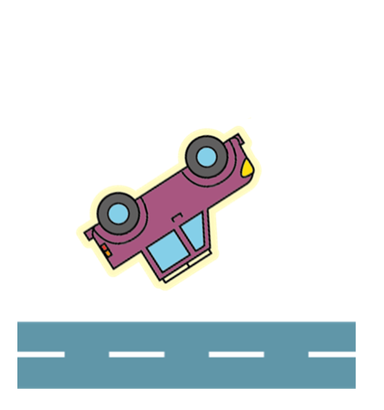
Q2.Which of these objects, when rotated by a quarter-turn, will fit into the space of this shape to complete a rectangle?
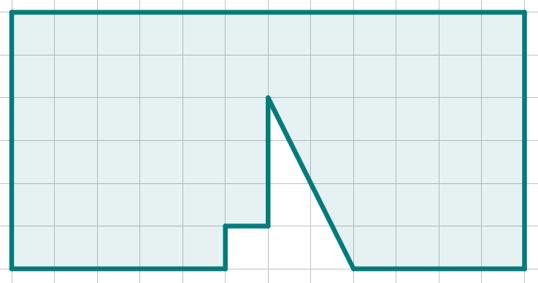
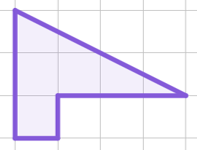
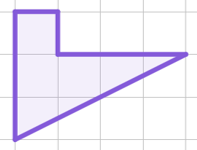
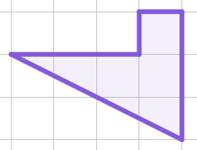
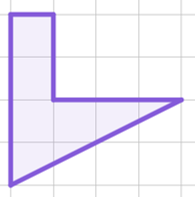
Q3.Complete this sentence: "When an object is rotated, the size of its angles are invariant. This means the lengths of the sides remain ."
Q4.Sam transforms an object and its orientation has not changed. Which of these describes why the orientation has not changed?
Q5.Which of these is a rotation of this object?
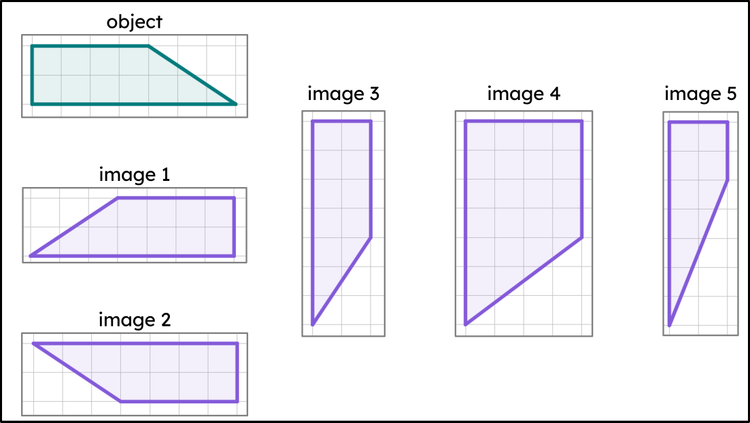
Q6.Which of these is a rotation of this object?
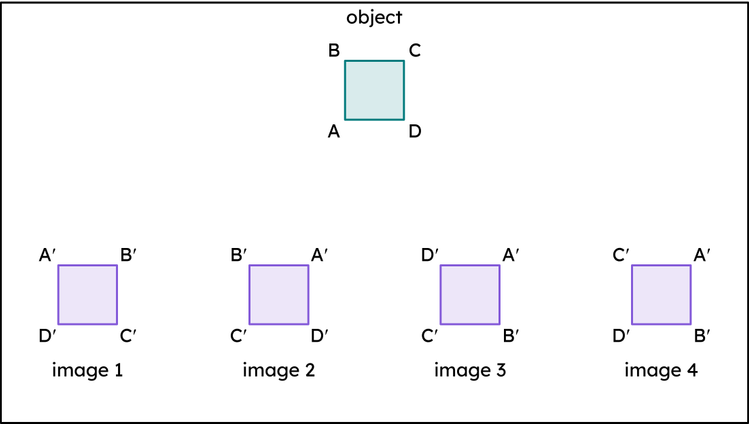
Assessment exit quiz
6 Questions
Q1.In which direction is this object being rotated?
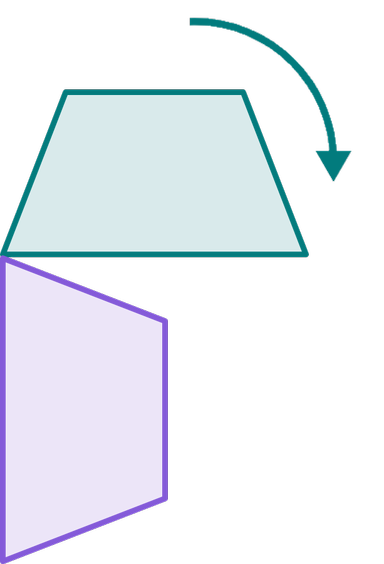
Q2.This arrow is currently pointing in the W (west) compass direction. If this arrow is rotated anti-clockwise, what is the first compass direction that it passes through?
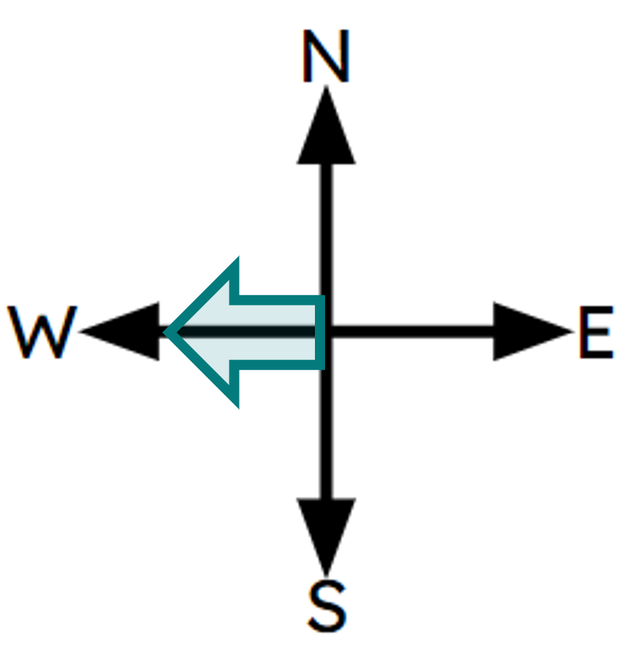
Q3.Match the size an angle in degrees to its description.
a quarter turn
a half turn
a three-quarter turn
a full turn
two full turns
Q4.Jun stands on the spot and rotates clockwise by a quarter turn, and then rotates clockwise by a further three-quarter turn. In total, how many degrees has Jun rotated by?
Q5.Jun stands on the spot and rotates anti-clockwise by an angle between three-quarters of a full turn and one full turn. Which of these is a sensible answer for the size of Jun's rotation?
Q6.Which of these is a suitable description for this rotation?
